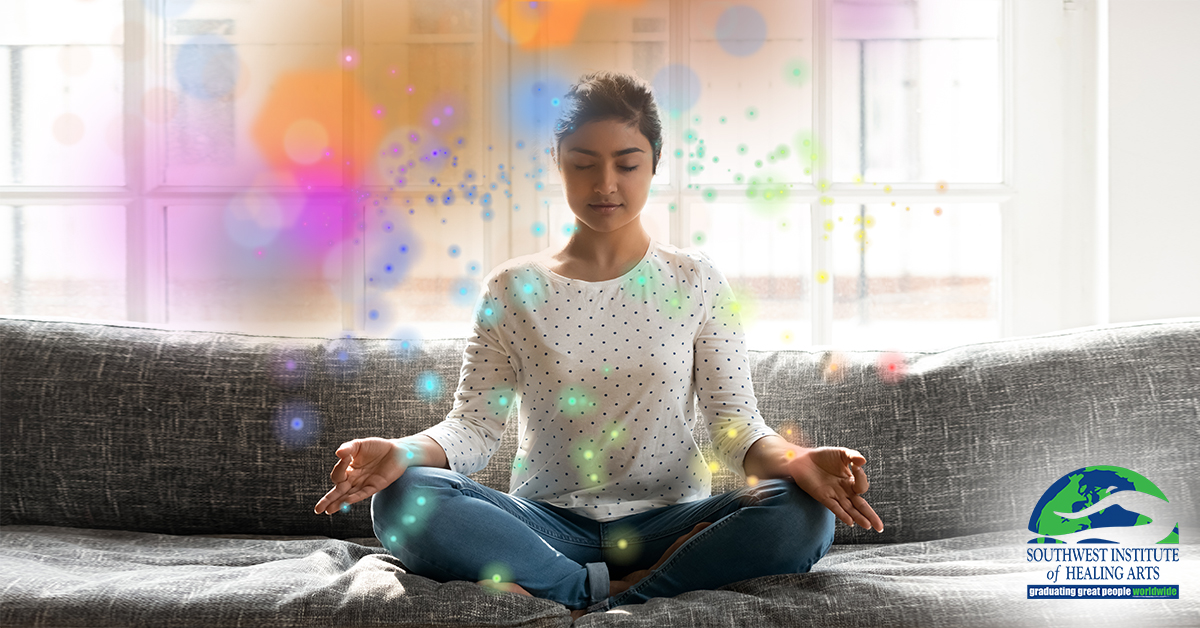
A mudra (Sanskrit for “mark”, “seal” or “gesture”) is a sacred and symbolic gesture found in yogic, Jainist and Buddhist traditions. Hasta mudras, meaning hand gestures, are performed with varying intentions and believed to impact and direct the flow of prana (vital energy) throughout the body.
Each finger has symbolic significance:
- The thumb represents the Divine
- The index finger represents the Self
- The middle finger represents Sattva (balance)
- The ring finger represents Rajas (passion)
- The pinky finger represents Tamas (apathy)
Together, our hands make up the whole (the Divine), the individual (the Self) and the Three Modes of Being known as the gunas.
Mudras can be performed in meditation or during an active asana (posture) practice. Today, we’ll look at five common mudras, how to perform them, and their symbolism and benefits.
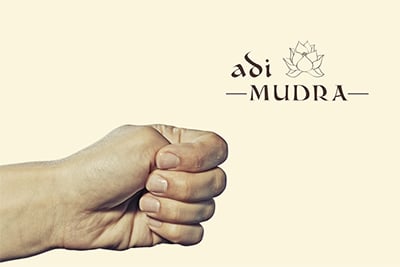
Adi Mudra - ‘First’ or ‘Primal’
Adi mudra is performed by bending the thumb in to the palm of the hand and closing the fingers around it. This gesture energizes the crown chakra and stimulates the uda vayu of the upper chest, throat and head. It also helps to activate the pectoral muscles, allowing deep and intentional breath. The mudras name is a reference to the commonality of infants instinctively holding their hands in this manner.
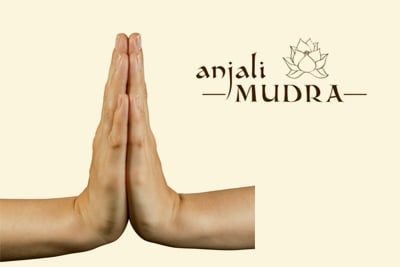
Anjali Mudra - ‘Honoring’ or ‘Celebrating’
One of the most common in yoga classes, Anjali mudra is done by meeting the palms together at the sternum. It signals the intention to progress deeper into spiritual understanding and act from humility versus ego and is a symbol of honoring self or others. Uniting the left and right hemispheres of the brain and body, it promotes balance. Anjali mudra helps to relieve stress and transcend unhelpful patterns of thinking. It also promotes wrist and arm flexibility and redirects energy throughout the body.
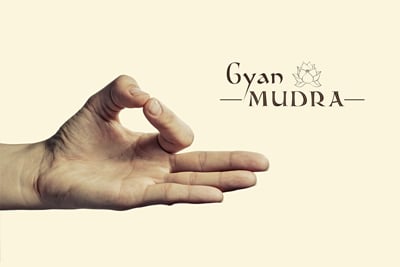
Gyan Mudra - ‘Knowledge’ or ‘Awareness’
Bring the tip of the thumb and the tip of the index finger together while extending the remaining fingers to perform Gyan mudra. This gesture symbolizes the unity of self and universe, with the thumb symbolizing Supreme Consciousness and the index finger representing the individual’s soul. It’s connected to the Muladhara chakra, the root energy center, providing a sense of stability, centeredness and connection.
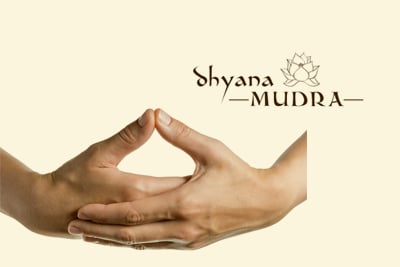
Shyana Mudra - ‘Contemplation’ or ‘Reflection’
To do Shyana mudra, face your palms upwards with the right resting on the left and the thumbs meeting gently. The connection of the thumbs symbolizes the balance of feminine and masculine energies and the upward-facing palms represent enlightenment. Shyana is the phase before Samahdi (bliss), where perception of self is no longer separate from the world around it. It is used to create equanimity and inner-peace.
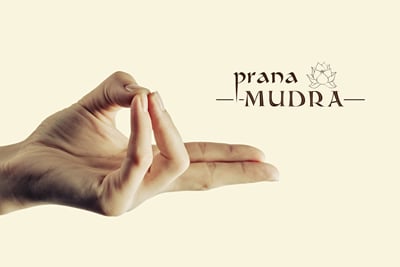
Prana Mudra - ‘Life Force’ or ‘Vital Principal’
By bringing the little finger, ring finger and thumb together with the remaining fingers extended, Prana mudra heightens sensory perception through stimulating the prana vayu. It can reduce fatigue, improve circulation, and build self-confidence. It is also helpful in moving dormant energy through and out of the body when used with a chant or mantra.


